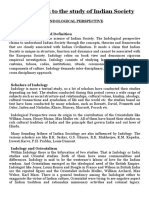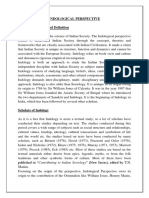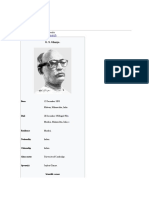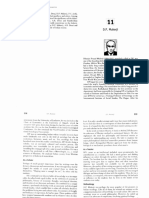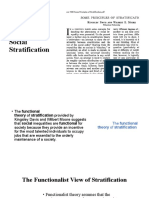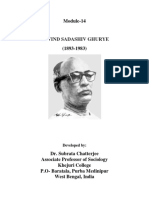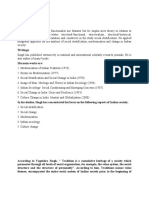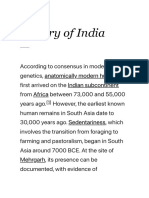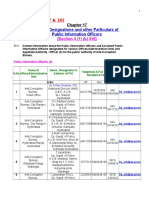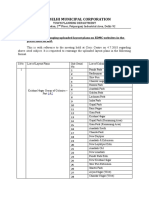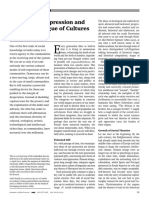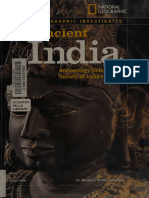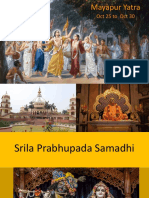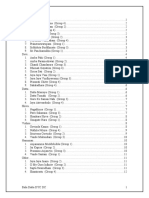0% found this document useful (0 votes)
3K views10 pagesGS Ghurye
Ghurye studied Indian society from an Indological perspective, which views Indian culture as unique and emphasizes understanding it through Indian texts and traditions rather than Western frameworks. He made contributions in several areas:
1) On caste, he traced its origins to the Rigveda and argued it spread from the Gangetic plains through diffusion. He studied caste historically, comparatively to other countries, and from an integrative perspective of kinship.
2) He mentored many leading Indian sociologists like Srinivas, Karve, and Desai, helping establish sociology in Indian universities.
3) Ghurye combined Sanskrit texts with vernacular works, believed in cultural diffusion over physical migration
Uploaded by
MayurCopyright
© © All Rights Reserved
We take content rights seriously. If you suspect this is your content, claim it here.
Available Formats
Download as PDF, TXT or read online on Scribd
0% found this document useful (0 votes)
3K views10 pagesGS Ghurye
Ghurye studied Indian society from an Indological perspective, which views Indian culture as unique and emphasizes understanding it through Indian texts and traditions rather than Western frameworks. He made contributions in several areas:
1) On caste, he traced its origins to the Rigveda and argued it spread from the Gangetic plains through diffusion. He studied caste historically, comparatively to other countries, and from an integrative perspective of kinship.
2) He mentored many leading Indian sociologists like Srinivas, Karve, and Desai, helping establish sociology in Indian universities.
3) Ghurye combined Sanskrit texts with vernacular works, believed in cultural diffusion over physical migration
Uploaded by
MayurCopyright
© © All Rights Reserved
We take content rights seriously. If you suspect this is your content, claim it here.
Available Formats
Download as PDF, TXT or read online on Scribd
/ 10
